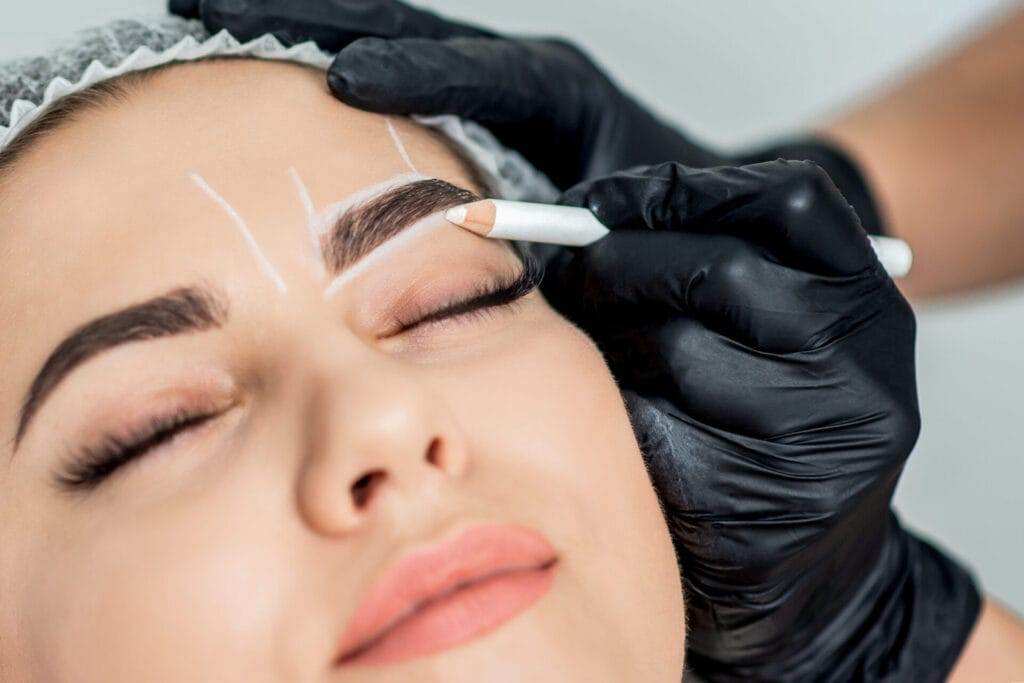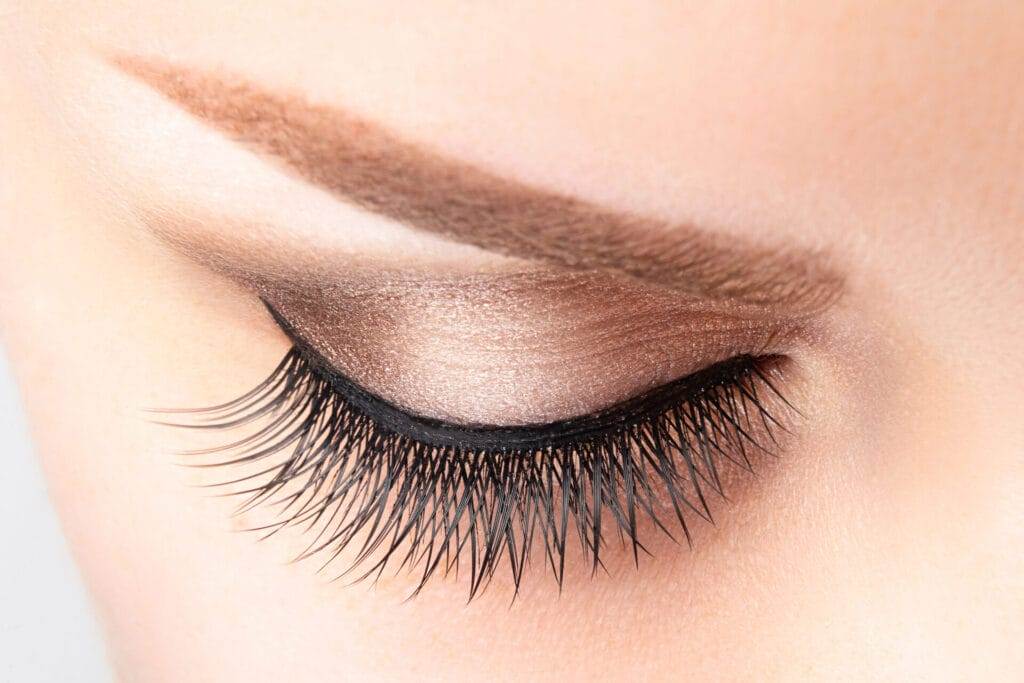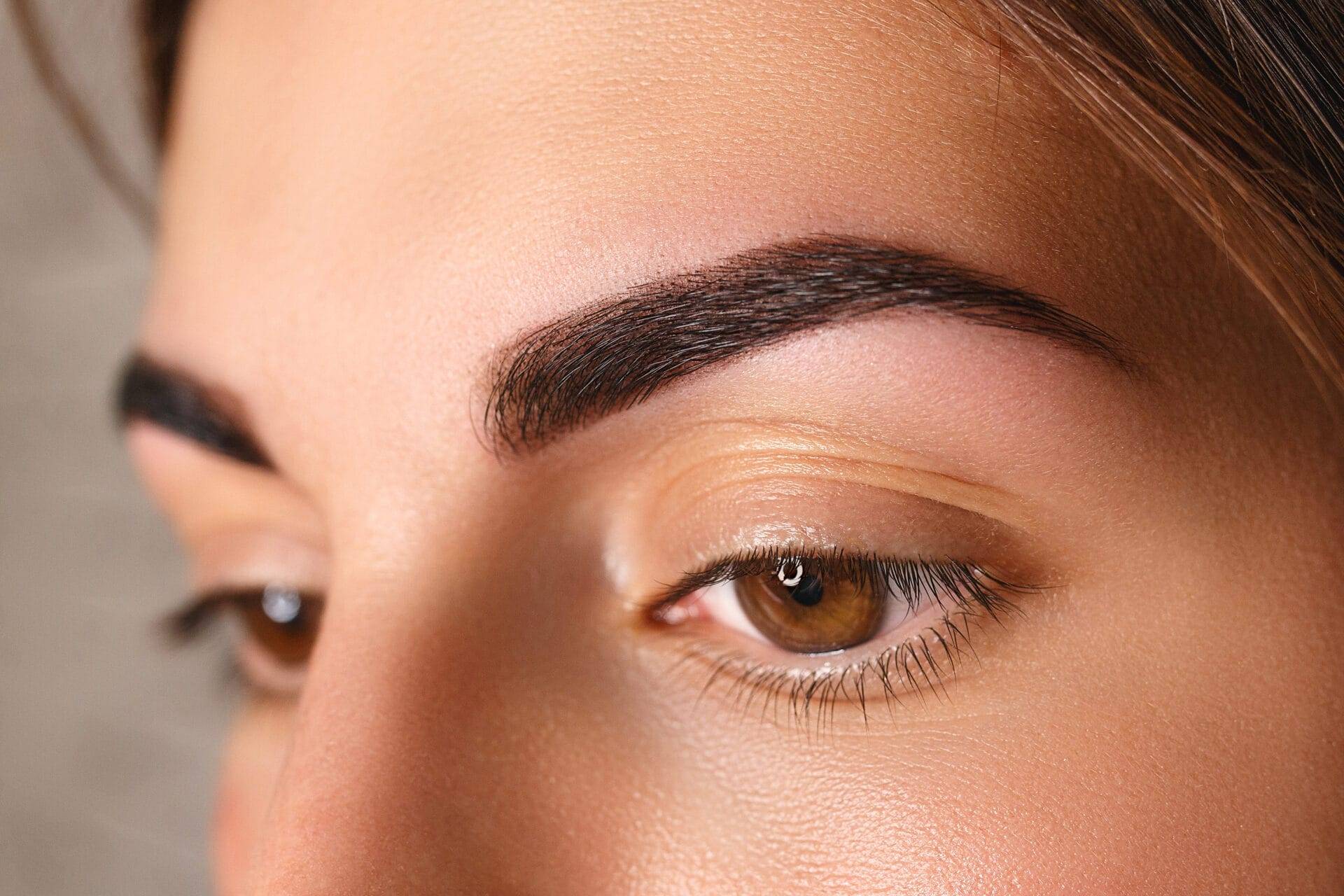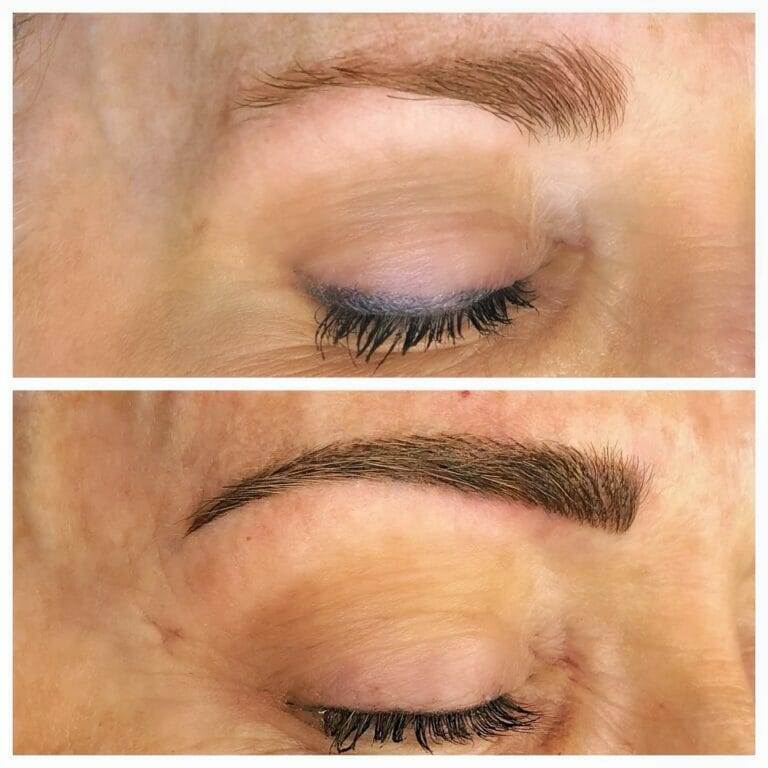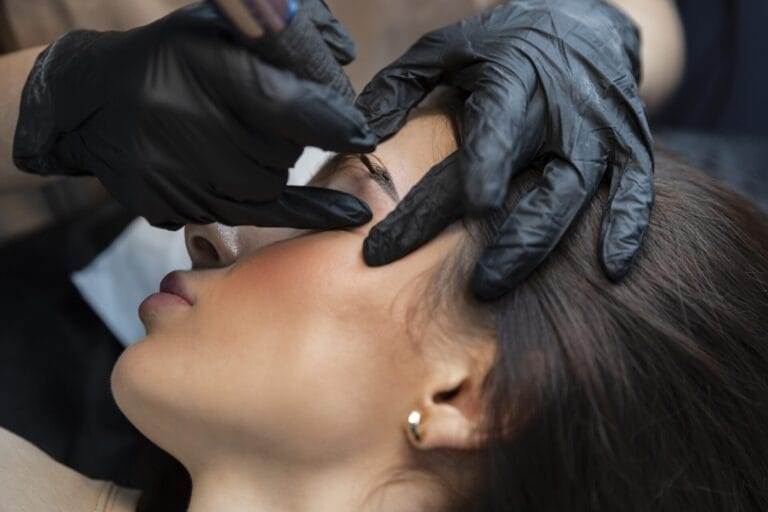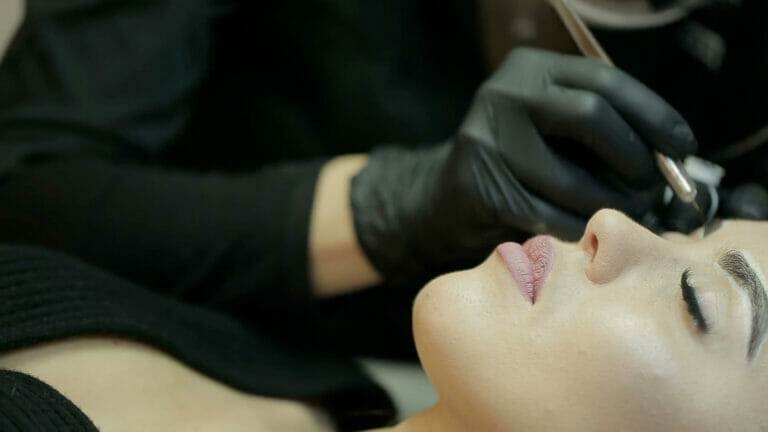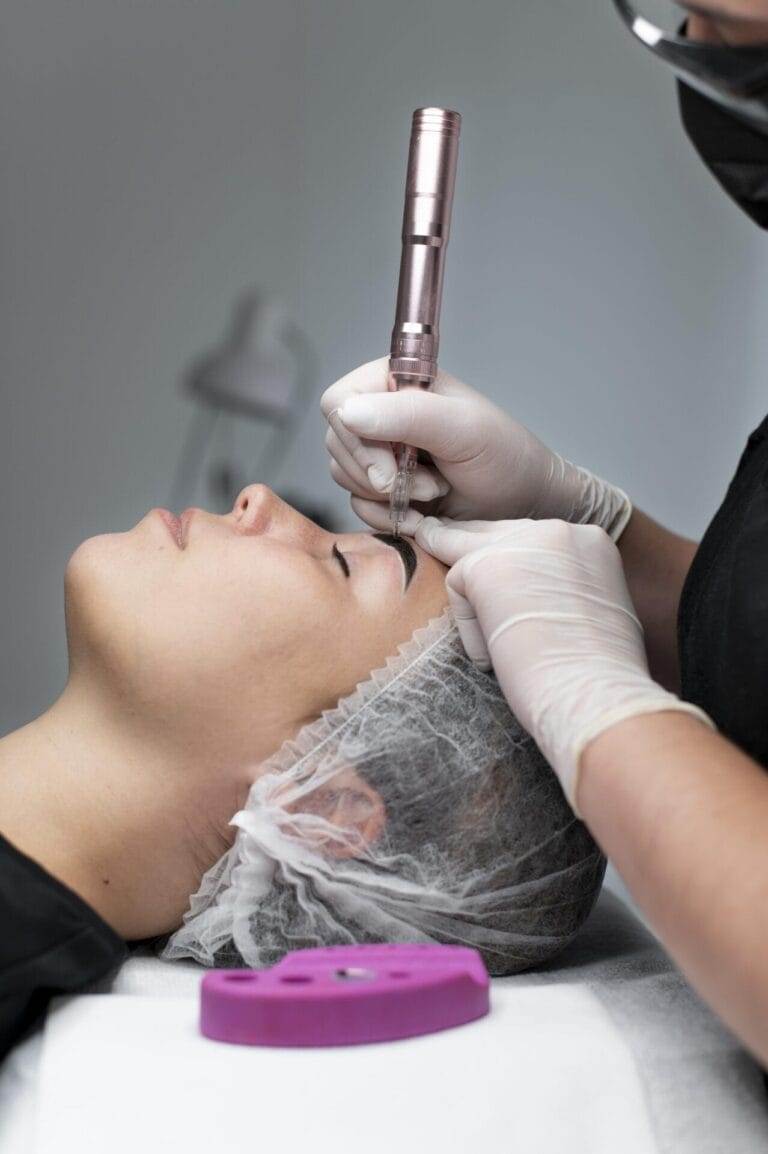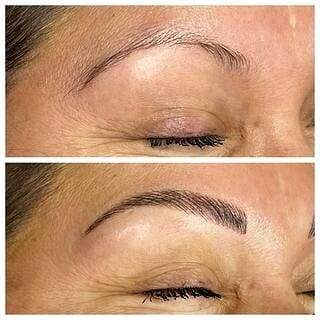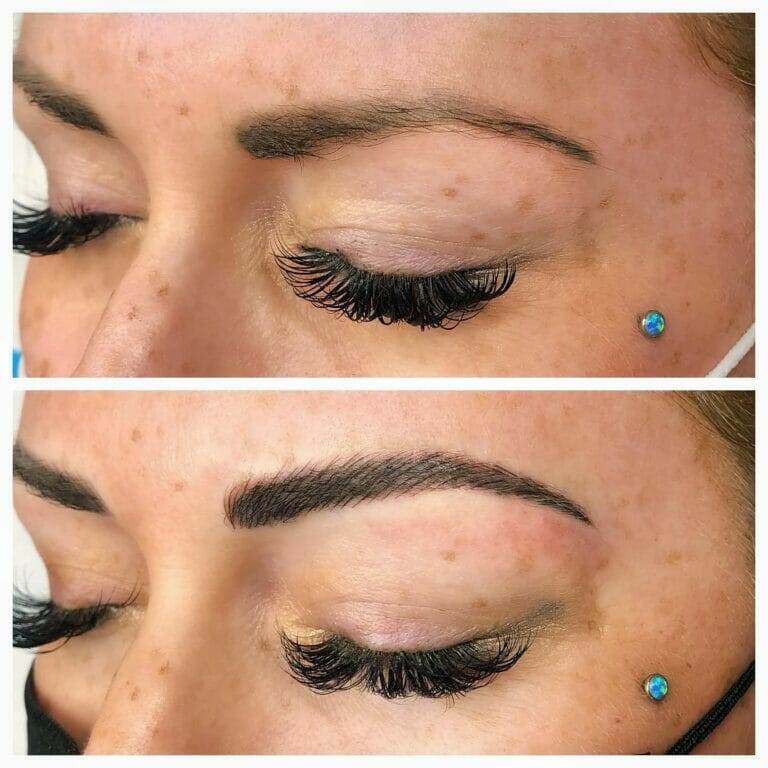Microblading has become increasingly popular in recent years, as more and more people are seeking the perfect brows. Gone are the days of spending hours in front of the mirror trying to shape and fill in eyebrows with traditional makeup products. Microblading offers a semi-permanent solution to achieving flawless brows that require minimal daily maintenance. In this article, we will explore the world of microblading, its benefits, the process, and everything you need to know before considering this procedure.
Having perfect brows is essential for many individuals, as they frame the face and can enhance one’s overall appearance. Well-groomed eyebrows can make a person look more put together and youthful. However, not everyone is blessed with naturally thick and well-shaped brows. This is where microblading comes in, offering a solution for those who want to achieve their desired brow shape and fullness.
Key Takeaways
- Microblading is a semi-permanent makeup technique that involves using a handheld tool to create hair-like strokes on the brow area.
- The benefits of microblading include saving time on daily brow maintenance, achieving natural-looking brows, and boosting self-confidence.
- During a microblading appointment, the artist will consult with you on your desired brow shape and color, numb the area, and then create the strokes using a pigment that matches your natural brow color.
- It’s important to choose a skilled and experienced microblading artist to ensure the best results and minimize the risk of complications.
- Aftercare is crucial for long-lasting results, and involves avoiding certain activities and applying a healing balm to the brow area. Touch-ups may be needed every 1-2 years to maintain the desired look.
Introduction to Microblading: What is it and How Does it Work?
Microblading is a semi-permanent cosmetic procedure that involves manually implanting pigment into the skin to create natural-looking eyebrows. Unlike traditional tattooing, which uses a machine and deeper penetration into the skin, microblading uses a handheld tool with fine needles to create hair-like strokes that mimic the appearance of real eyebrow hairs.
The process begins with a consultation with a microblading artist who will assess the client’s natural brow shape, facial features, and desired outcome. The artist will then choose the appropriate color and shape that best suits the client’s face. Numbing cream is applied to minimize any discomfort during the procedure. The artist will then use the microblading tool to create precise strokes in the brow area, following the natural hair growth pattern. The entire process can take up to two hours, depending on the client’s individual needs.
The Benefits of Microblading: Say Goodbye to Daily Brow Maintenance
One of the main benefits of microblading is the time and effort it saves in a person’s daily makeup routine. With microbladed brows, there is no need to spend precious minutes each morning trying to shape and fill in eyebrows with traditional makeup products. The semi-permanent nature of microblading means that the brows will stay intact for an extended period, eliminating the need for daily touch-ups.
Another advantage of microblading is the long-lasting results it provides. Unlike traditional brow makeup, which can smudge or fade throughout the day, microbladed brows can last anywhere from one to three years, depending on individual factors such as skin type and aftercare. This longevity allows individuals to enjoy perfectly shaped and filled-in brows without the constant worry of them wearing off.
Furthermore, microbladed brows offer a natural-looking result that is difficult to achieve with traditional brow makeup. The hair-like strokes created during the microblading process blend seamlessly with the client’s natural brow hairs, giving the appearance of fuller and more defined eyebrows. This natural look is highly desirable for those who want to enhance their brows without it being obvious that they have had any cosmetic work done.
The Microblading Process: What to Expect During Your Appointment
When considering microblading, it is essential to know what to expect during your appointment. The process typically begins with a consultation with the microblading artist. During this consultation, the artist will discuss your desired brow shape and color, as well as assess your natural brow shape and facial features. This step is crucial in ensuring that the final result is tailored to your individual needs and preferences.
Once the consultation is complete, the artist will proceed with choosing the right brow shape and color for you. They will take into account factors such as your skin tone, hair color, and personal style to create a customized look that enhances your overall appearance. It is important to communicate openly with the artist during this stage to ensure that you are both on the same page regarding your desired outcome.
After the brow shape and color have been determined, the artist will apply a numbing cream to minimize any discomfort during the microblading process. Once the numbing cream has taken effect, the artist will use a handheld microblading tool to create precise hair-like strokes in the brow area. The strokes are made following the natural hair growth pattern, resulting in a realistic and natural-looking outcome.
After the microblading process is complete, the artist will provide you with aftercare instructions to ensure proper healing and long-lasting results. It is crucial to follow these instructions carefully to avoid any complications or premature fading of the pigment. The healing process typically takes around four to six weeks, during which time the brows may appear darker and more intense. However, as the skin heals, the color will soften and settle into a more natural shade.
Microblading Aftercare: How to Ensure Long-Lasting Results
Proper aftercare is essential for ensuring long-lasting results and preventing any complications after microblading. Here are some tips to follow during the healing process:
1. Avoiding certain activities and products: During the first week after microblading, it is important to avoid activities that may cause excessive sweating, such as intense workouts or saunas. Additionally, avoid applying makeup or skincare products directly on the brow area to prevent infection or premature fading of the pigment.
2. Proper cleaning and moisturizing: Gently clean the brow area twice a day using a mild cleanser and sterile cotton pad. Avoid rubbing or scratching the brows, as this can disrupt the healing process. After cleaning, apply a thin layer of the provided aftercare ointment to keep the brows moisturized and promote proper healing.
3. Touch-up appointments: Microblading typically requires a touch-up appointment around four to six weeks after the initial procedure. This appointment allows the artist to assess the healed results and make any necessary adjustments or additions to achieve the desired outcome.
By following these aftercare instructions diligently, you can ensure that your microbladed brows heal properly and maintain their longevity.
Microblading vs. Traditional Brow Makeup: Which is Right for You?
When deciding between microblading and traditional brow makeup, there are several factors to consider. Here is a comparison of the two options:
1. Longevity: Microbladed brows can last anywhere from one to three years, whereas traditional brow makeup needs to be reapplied daily.
2. Natural look: Microbladed brows offer a more natural-looking result, as they mimic real eyebrow hairs. Traditional brow makeup can sometimes appear more artificial, especially if not applied correctly.
3. Time and effort: Microblading saves time and effort in the daily makeup routine, as there is no need to shape and fill in brows every day. Traditional brow makeup requires daily application and touch-ups throughout the day.
4. Cost: While microblading can be initially more expensive than traditional brow makeup, it can be a cost-effective option in the long run, considering the longevity of the results.
Ultimately, the choice between microblading and traditional brow makeup depends on individual preferences, lifestyle, and budget.
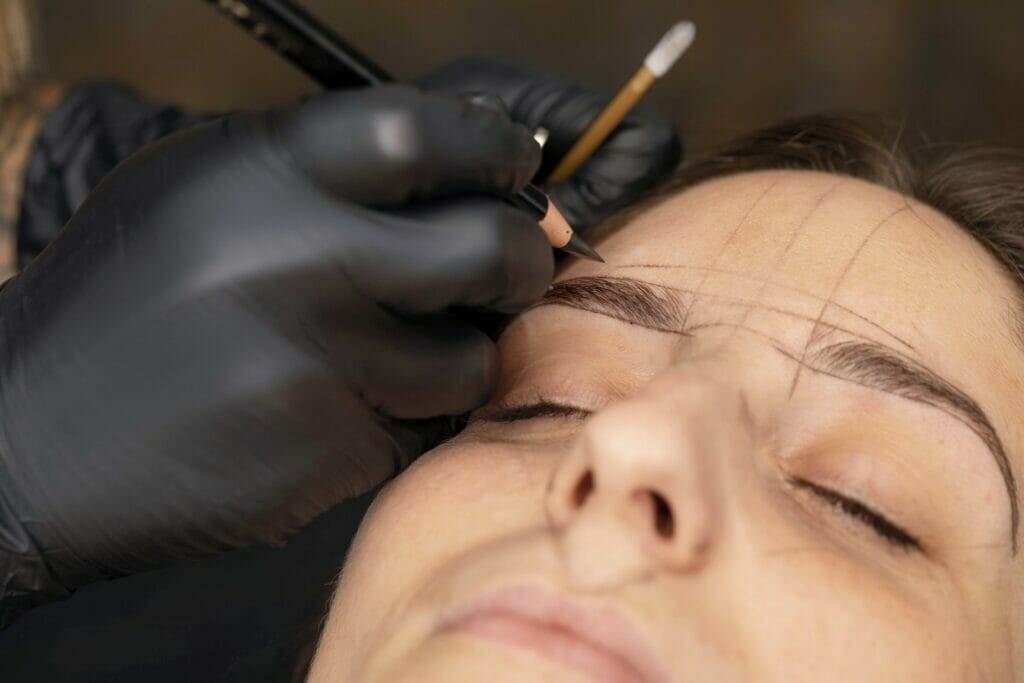
Microblading for Different Skin Types: How to Achieve Natural-Looking Brows
Microblading can be tailored to different skin types to achieve natural-looking brows. Here are some tips for those with oily, dry, or sensitive skin:
1. Oily skin: Individuals with oily skin may experience faster fading of the pigment due to increased oil production. To combat this, the microblading artist can use a slightly deeper shade of pigment during the procedure. Additionally, following proper aftercare instructions and avoiding excessive oil-based skincare products can help prolong the results.
2. Dry skin: Dry skin tends to absorb pigment more readily, resulting in a softer and more muted appearance. To achieve more defined brows, the artist may use a slightly darker shade of pigment during the microblading process. Regular moisturizing of the brow area can also help maintain the color intensity.
3. Sensitive skin: Individuals with sensitive skin may experience more redness and swelling after microblading. It is important to communicate any sensitivities or allergies to the artist beforehand to ensure that suitable numbing creams and pigments are used. Following proper aftercare instructions and avoiding harsh skincare products can also help minimize any adverse reactions.
By understanding how different skin types react to microblading and making appropriate adjustments, natural-looking brows can be achieved for everyone.
The Cost of Microblading: Is it Worth the Investment?
The cost of microblading can vary depending on factors such as the location, the experience of the artist, and the complexity of the procedure. On average, microblading can cost anywhere from $300 to $800. While this may seem expensive compared to traditional brow makeup products, it is important to consider the long-term benefits and savings.
With microblading, there is no need to purchase expensive brow pencils, powders, or gels on a regular basis. Additionally, the time saved in daily makeup routine can be invaluable for many individuals. When considering the cost of microblading, it is essential to weigh the investment against the convenience and long-lasting results it provides.
Microblading Risks and Side Effects: What You Need to Know
As with any cosmetic procedure, microblading carries some risks and potential side effects. It is important to be aware of these before deciding to undergo the procedure. Some possible risks and side effects include:
1. Infection: If proper aftercare instructions are not followed, there is a risk of infection in the brow area. It is crucial to keep the brows clean and avoid touching or scratching them during the healing process.
2. Allergic reactions: Some individuals may be allergic to certain pigments used in microblading. It is important to communicate any allergies or sensitivities to the artist beforehand to ensure that suitable pigments are used.
3. Premature fading: Factors such as skin type, sun exposure, and skincare products can affect the longevity of microbladed brows. Following proper aftercare instructions and avoiding excessive sun exposure can help minimize premature fading.
By understanding these risks and taking necessary precautions, you can minimize any potential complications and enjoy the benefits of microblading.
Microblading Maintenance: How Often Should You Get Touch-Ups?
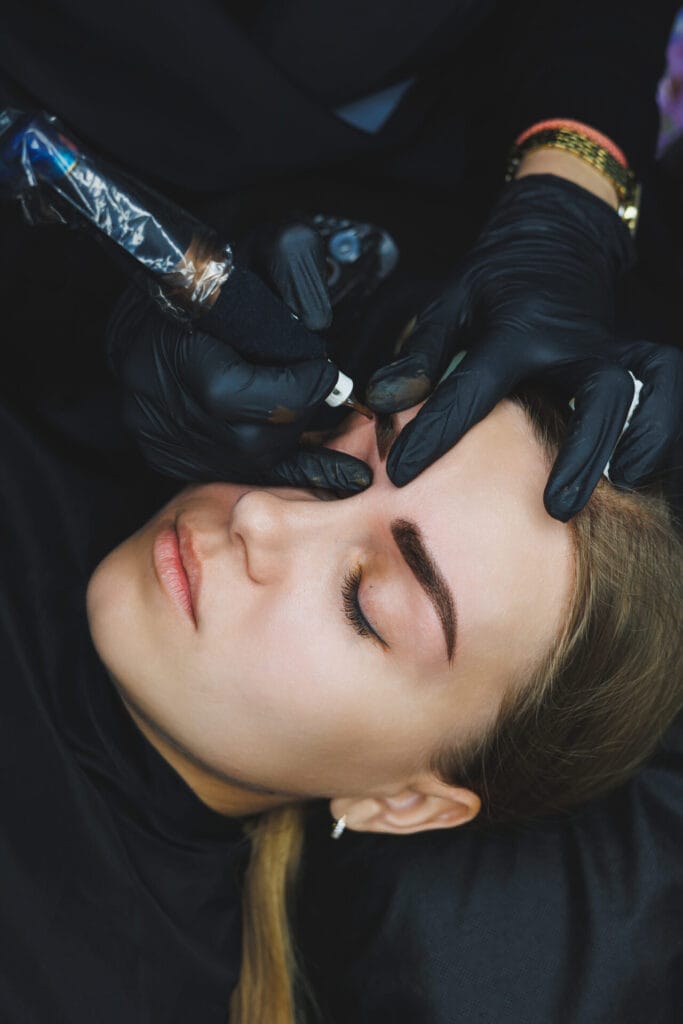
Microbladed brows typically require touch-up appointments every one to three years, depending on individual factors such as skin type and aftercare. The frequency of touch-ups can also be influenced by personal preferences and desired brow appearance.
During touch-up appointments, the microblading artist will assess the healed results and make any necessary adjustments or additions to maintain the desired shape and color. These touch-ups are essential for ensuring that the brows remain fresh and well-defined over time.
It is important to communicate openly with the artist during touch-up appointments, discussing any changes or adjustments you would like to make. By maintaining regular touch-up appointments, you can ensure that your microbladed brows always look their best.
Microblading FAQs: Answering Common Questions About the Procedure
Here are some common questions and concerns about microblading, along with their answers and explanations:
1. Does microblading hurt? The level of discomfort experienced during microblading varies from person to person. However, most individuals report feeling minimal pain or discomfort during the procedure, thanks to the numbing cream applied beforehand.
2. How long does the healing process take? The healing process typically takes around four to six weeks. During this time, the brows may appear darker and more intense, but as the skin heals, the color will soften and settle into a more natural shade.
3. Can I still shape or fill in my brows with traditional makeup after microblading? While microblading eliminates the need for daily shaping and filling in of brows, some individuals may still choose to enhance their microbladed brows with traditional makeup for special occasions or to achieve a different look.
By addressing these common questions and concerns, individuals considering microblading can make informed decisions about the procedure.
Microblading offers a semi-permanent solution for achieving perfect brows that require minimal daily maintenance. With its long-lasting results, natural-looking outcome, and time-saving benefits, microblading has become increasingly popular among those seeking flawless eyebrows.
By choosing a skilled microblading artist, following proper aftercare instructions, and considering individual factors such as skin type and desired outcome, individuals can achieve natural-looking brows that enhance their overall appearance.
While microblading may require an initial investment, the convenience and long-lasting results it provides make it a worthwhile consideration for those who want to say goodbye to daily brow maintenance and enjoy perfectly shaped and filled-in brows.
FAQs
What is microblading?
Microblading is a semi-permanent cosmetic tattooing technique that involves using a handheld tool to create hair-like strokes on the eyebrows. It is used to enhance the shape, fullness, and definition of the eyebrows.
How long does microblading last?
Microblading typically lasts between 1-3 years, depending on factors such as skin type, lifestyle, and aftercare. Touch-up appointments are recommended every 6-12 months to maintain the desired look.
Is microblading painful?
Microblading can be uncomfortable, but it is generally not considered to be painful. A numbing cream is applied to the area before the procedure to minimize any discomfort.
What is the recovery process like after microblading?
The recovery process after microblading typically takes 7-14 days. During this time, the eyebrows may appear darker and more intense than desired, but this will fade as the skin heals. It is important to avoid getting the eyebrows wet and to avoid certain activities, such as swimming and sweating, during the healing process.
Who is a good candidate for microblading?
Good candidates for microblading are individuals who want to enhance the appearance of their eyebrows, have realistic expectations for the procedure, and are in good overall health. It is important to consult with a licensed and experienced microblading artist to determine if the procedure is right for you.
What are the risks and potential complications of microblading?
Like any cosmetic procedure, microblading carries some risks and potential complications. These may include infection, allergic reaction, scarring, and dissatisfaction with the results. It is important to choose a licensed and experienced microblading artist and to follow all aftercare instructions to minimize the risk of complications.

